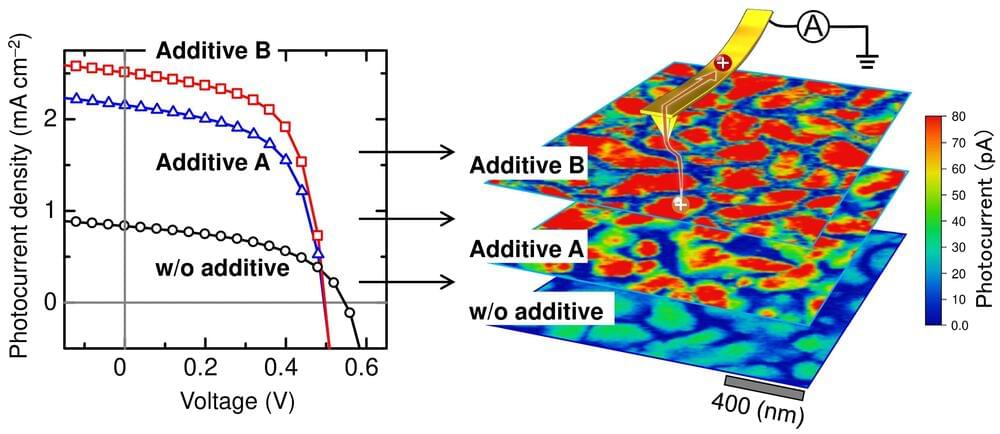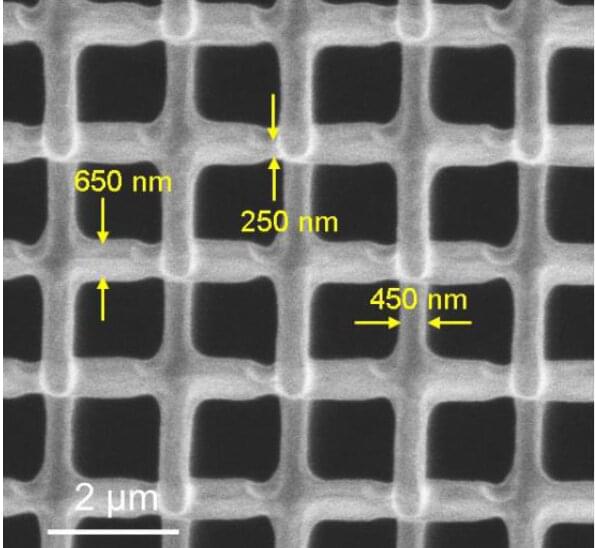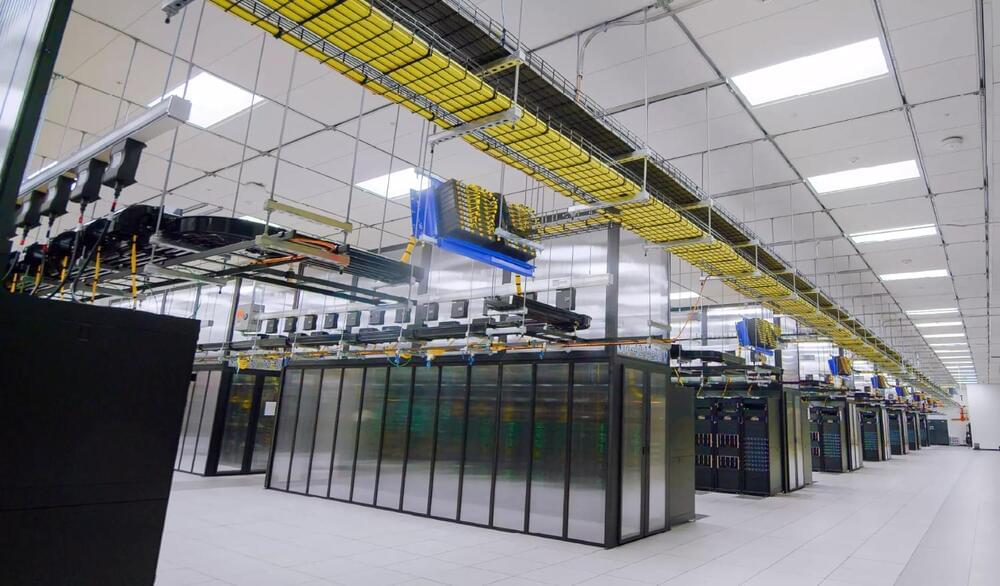
All-polymer blend solar cells are expected to play an important role in the transition to clean energy technologies because they can be easily produced in large-scale flexible sheets. However, their performance has lagged behind that of more traditional silicon alternatives, as well as other organic solar cells.
All-polymer blend solar cells are formed by combining two polymer solutions that solidify into a film on an electrode with in the form of interpenetrating networks, a kind of “phase-separation.” The introduction of solvent additives to the polymer solution has been shown to increase the efficiency of all-polymer blend solar cells. However, the exact process underlying this improvement has not been fully understood. Now, in a study recently published in ACS Applied Polymer Materials, researchers from Nara Institute of Science and Technology have investigated the performance enhancement mechanism using photoconductive atomic force microscopy (PC-AFM). Their findings are expected to help accelerate the widespread application of polymer-based solar cells.
“The empirical nature of solvent additive-mediated efficiency enhancement has hindered the optimization of all-polymer blend solar cell performance, so there has been an urgent need for a greater understanding of the process,” explains senior author Hiroaki Benten. “To that end, we used PC-AFM to interrogate the nanoarchitecture that underpins the performance enhancement.”

















